‘Kitten season’ in Fresno: When baby cats are left to die – in water, dumpsters, plastic bags
Got a cat problem in your community?
There’s a strong chance it’s about to get bigger this time of year.
And that’s if it hasn’t already grown out of control.
It’s called “Kitten Season” — when cats give birth to their litters as the weather warms up, and newborn kittens start sprouting and spreading.
“We’re expecting another big year of kittens,” said Ruben Cantu, animal care adoption supervisor at Valley Animal Center.
In some ways, the sight of baby cats might seem cute and welcoming. But with kittens being born essentially at an uncontrollable rate in Fresno County, Kitten Season also has become a deadly time of year.
Whether it’s been out of ignorance, desperation or pure evilness, people’s attempts to address their cat problems have led to various forms of animal cruelty.
Sometimes, with kittens dying.
“People do horrendous things sometimes to get rid of cats,” said Beth Caffrey, donor/media spokesperson at the no-kill cat sanctuary in Parlier called The Cat House on the Kings. “I wish I could say that these are extremely rare examples.
“We are trying desperately to get people to know that killing kittens doesn’t solve the problem.”
People on social media have shared horror stories of kittens left in a plastic bag and dumped on the side of the road or in a trash can.
Animals shelters have found boxes or baskets filled with abandoned kittens.
Other times, kittens have been throw in water and left to drown.
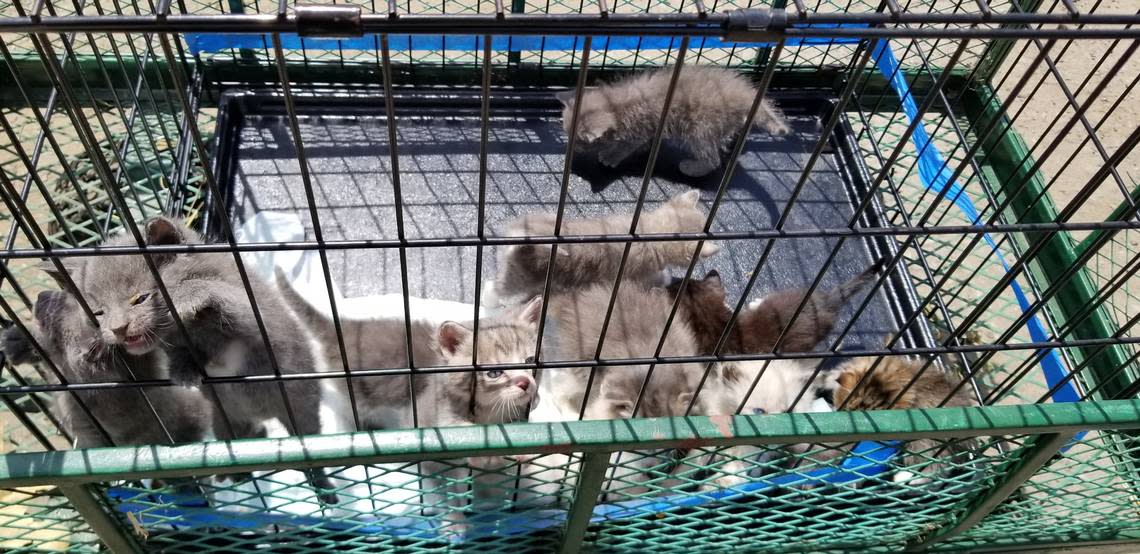
Cat overpopulation
Like so many other parts of the United States, Fresno County has a serious issue with cat overpopulation.
The Humane Society of the United States estimated there are 30 million to 40 million community cats (a combination of stray and feral cats) in the country.
There are not exact numbers of stray and feral cats that make Fresno County their home. But local animal shelters and control services believe the population is so large that their efforts to help curb the cat population is “a mere drop in the bucket.”
Last year, The Cat House on the Kings shelter alone took in 1,305 cats/kittens. Their goal is to provide animals with a better life either through forever home adoption, foster care or continuing life at the no-kill sanctuary.
Valley Animal Center brings in an average of 300 to 500 kittens in their care.
Both are operating at max or near-max capacity.
And there are other animal shelters in the area that have gone on to turn away cats and kittens because their facilities have reached maximum capability.
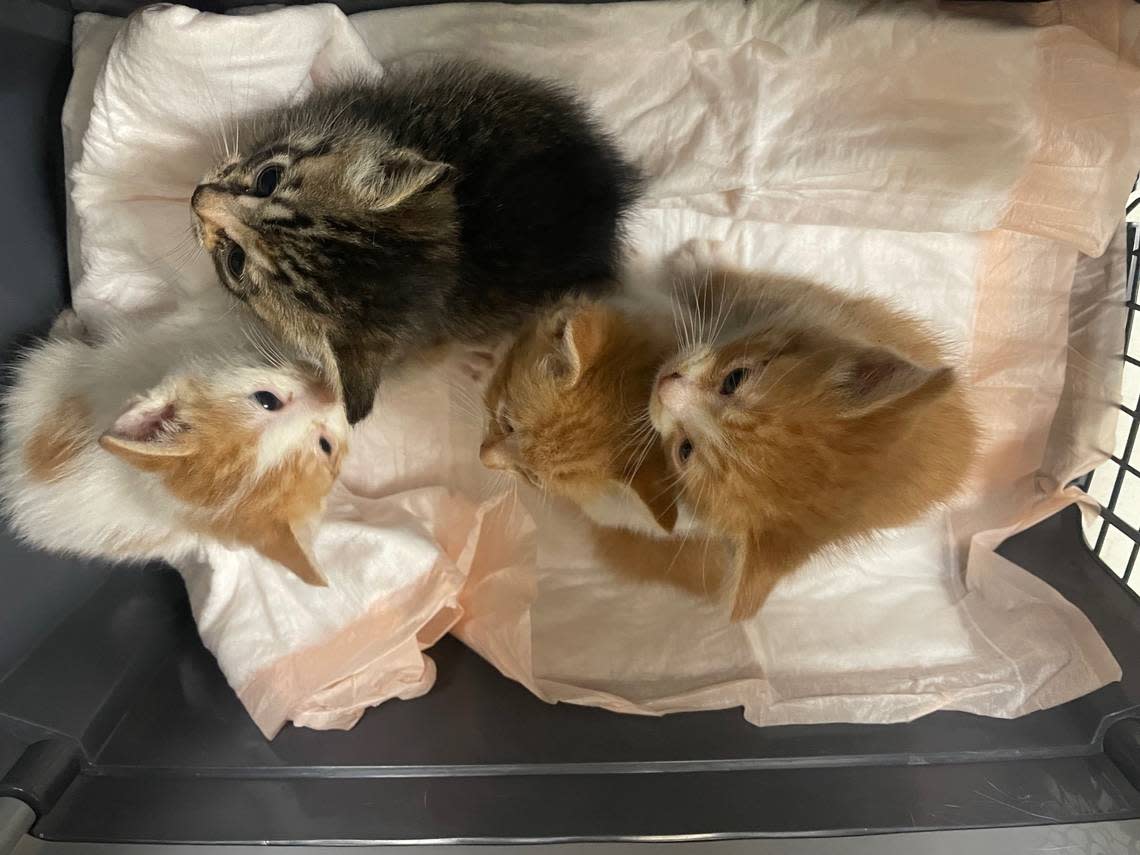
“All of these animal organizations can become quickly overwhelmed by the number of requests to take in cats,” Cantu said. “Kitten Season makes that issue significantly more challenging to manage.”
While kittens are born during all times of the year, cats typically give birth to them during the warmer months.
So for Fresno County and the rest of the central San Joaquin Valley, Kitten Season can run from about March to October with the peak times being April and May, according to local animal services.
One study said a fertile cat can produce an average of three litters in one year.
And with the average number of kittens in a litter being four to six, that one unspayed female cat and her unspayed offsprings could theoretically be responsible for approximately 5,000 kittens in a seven-year span.
“An outdoor cat that’s not neutered can do a lot of damage,” Caffrey said.
An unneutered male cat, by the way, can smell the scent of a female cat in heat from at least one mile away, and they tend to look for mating partners within a 5-mile radius.
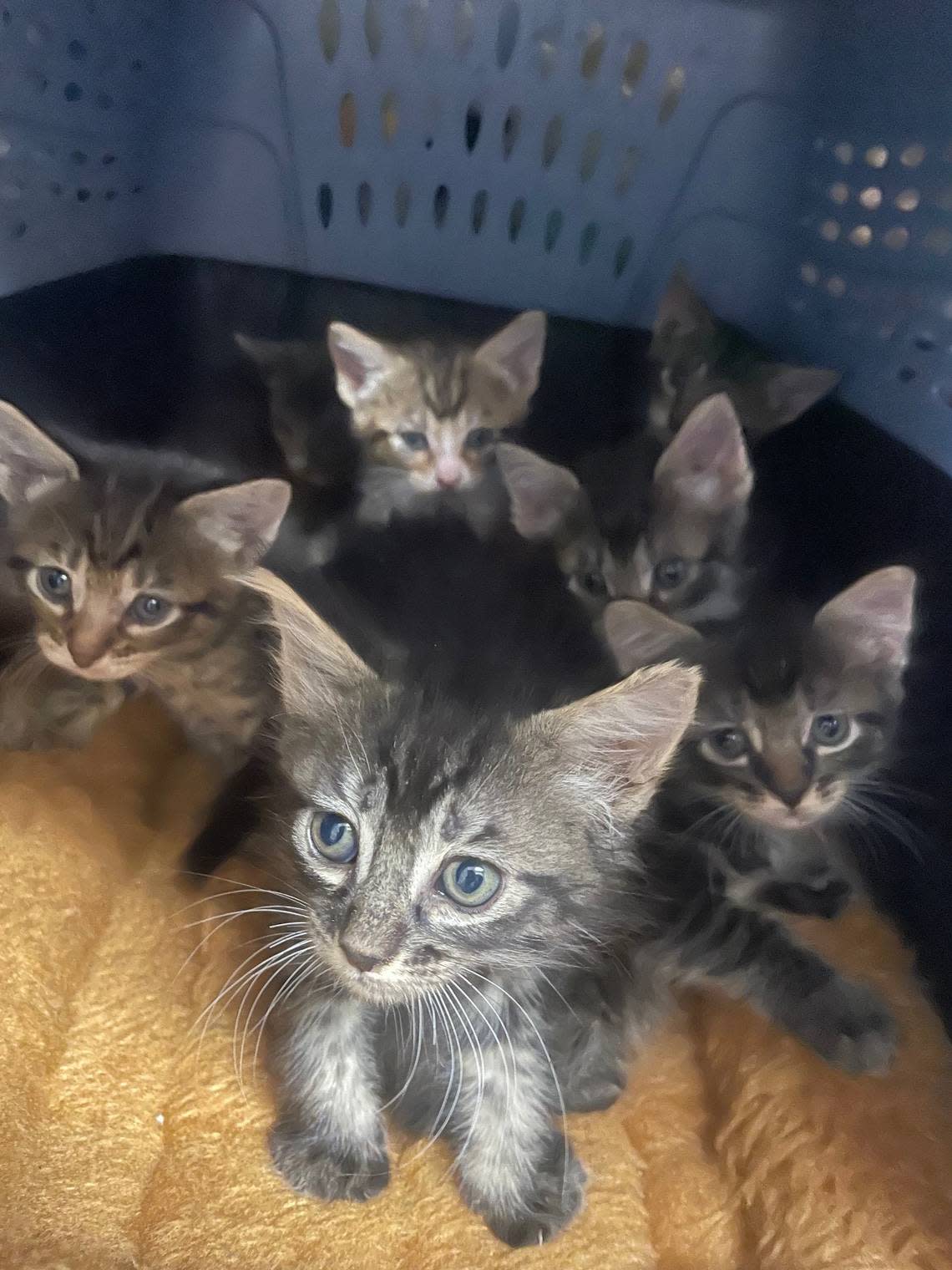
Non-lethal approach
While killing cats through cruel methods is not considered the answer to the cat overpopulation problem, the reality is some animal control centers do end up euthanizing cats, especially black cats.
Approximately 1.4 million cats nation wide are euthanized each year, according to the National Kitten Coalition.
Black cats have the highest rate of euthanasia at 74.6%, based on data analyzed by the National Library of Medicine.
Animals shelters with no-kill approaches emphasize a non-lethal method: TNR, which stands for trap-neuter-return.
Cats are humanely trapped then taken to a veterinarian to be neutered before being returned to their home.
Among the ideas behind the TNR approach is that the cat colonies will regulate itself and limit the cat group’s growth.
The TNR approach had helped Disneyland for years control its wild cat population that lives on its grounds.
A story by Vice.com in 2014 reported Disneyland had an approximate cat population of 100, with employees feeding, vaccinating and helping the animals get neutered.
Last year in Fresno County, the nonprofit organization Fresno T.N.R. was able to help spay and neuter 6,690 cats.
The Cat House on the Kings helped the general public in about 1,400 TNR cases.
Caffrey said TNR methods have helped keep the cat population down in places such as Sierra Vista Mall, Woodward Park and the Fresno State campus.
“Our goal is to provide as many spay-neuter surgeries as possible,” Caffrey said. “You see that when people step up and do TNR, those cat populations are dealt with in a healthy way.”
Animals shelters and veterinarians also stress that pet owners have their animals spayed and neutered — not only to keep them from having kittens but for health reasons.
The Humane Society said the average lifespan of spayed and neutered cats and dogs is “demonstrably longer” than the lifespan of those not.
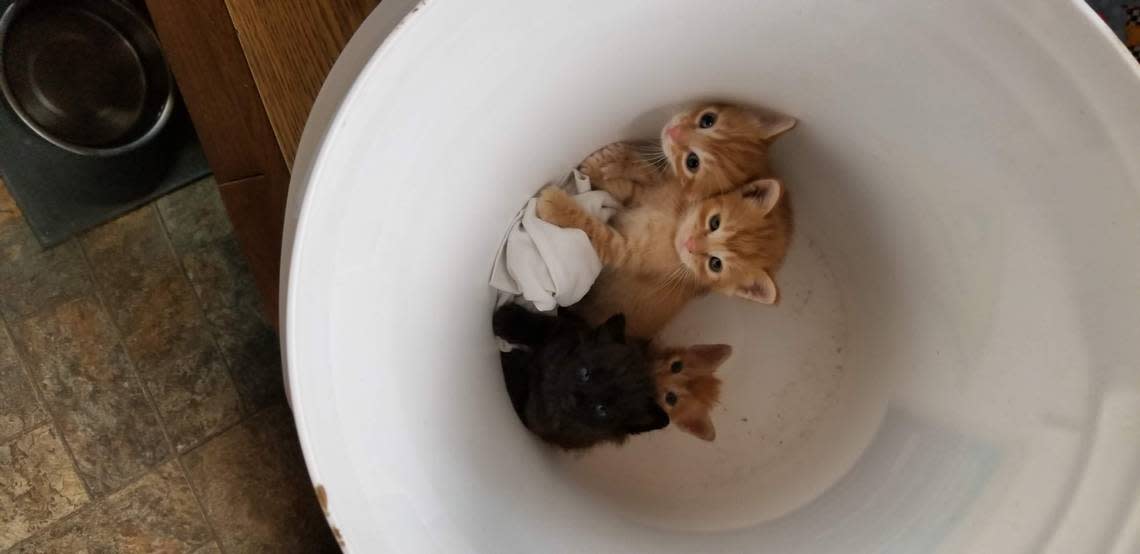
Raising awareness
Among the reasons the cat population took off in recent years in Fresno County and elsewhere is because of the limited animals services offered during the COVID-19 pandemic, shelters said.
“We lost ground during COVID,” Caffrey said. “There’s so many more cats out there.”
But Caffrey said the way for communities to regain ground and help control the cat population is by people getting more involved.
Those efforts include raising awareness about the issue, stressing to pet owners the importance of spaying and neutering their pets and educating people on the trap-neuter-return process.
They’d also like to see more people become foster homes — and maybe forever homes — for animals to help alleviate some of the burden on shelters to house all of the animals.
“It’s a continuous effort to raise awareness because the cat cycle keeps going,” Caffrey said. “There’s always new pet owners and more people who can learn about the issue.”
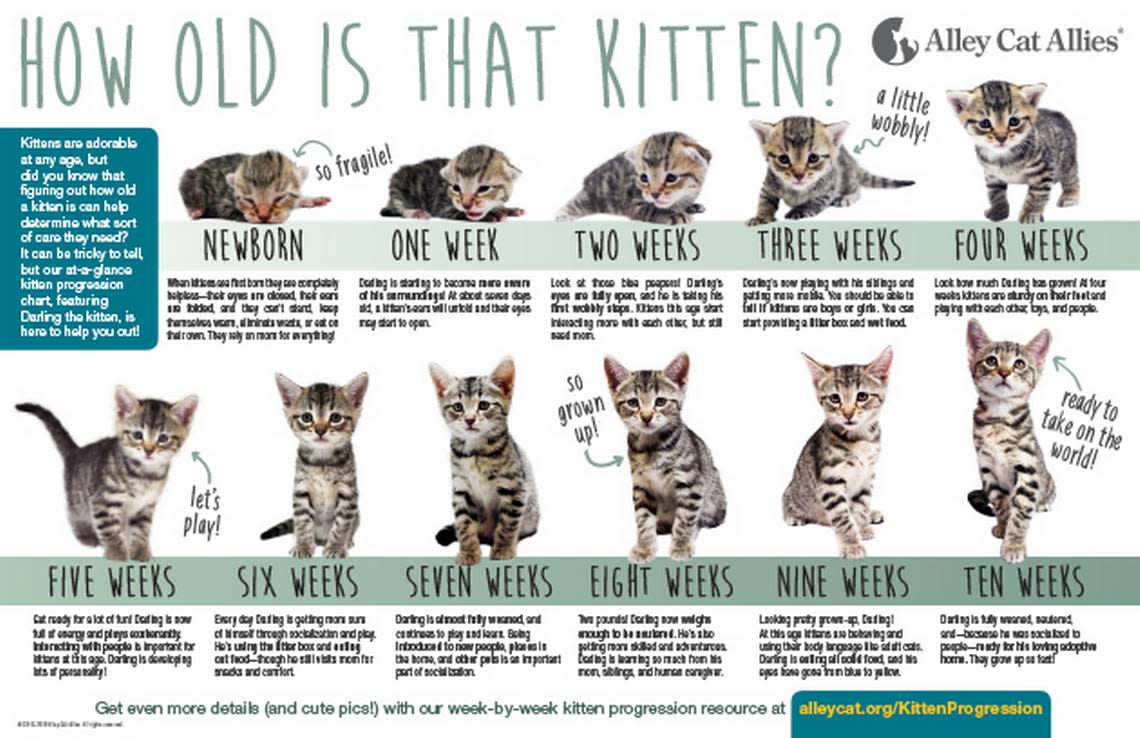
Workers at local animal shelters suggested that anyone whose cat had a litter to contact a shelter to learn what to do next — rather than dump the unwanted kittens elsewhere.
“We know it’s a hard deal for those who want to do the right thing but want quick solutions,” Caffrey said. “That’s one of the reasons why we stress to spay and neuter pets. So you and your animal don’t land in that situation.
“If you and your pet are in the situation, we have to be patient and not separate the kittens from their mother too soon. But we also have to help spay and neuter those kittens when they reach eight to 16 weeks before they start having kittens of their own and add to the issue.”
